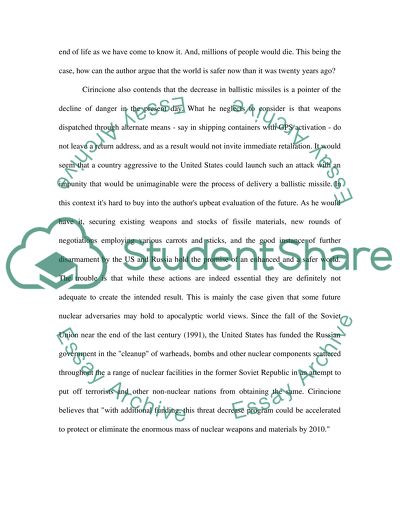Cite this document
(“Bomb Scare Book Report/Review Example | Topics and Well Written Essays - 1500 words”, n.d.)
Bomb Scare Book Report/Review Example | Topics and Well Written Essays - 1500 words. Retrieved from https://studentshare.org/literature/1526233-bomb-scare
Bomb Scare Book Report/Review Example | Topics and Well Written Essays - 1500 words. Retrieved from https://studentshare.org/literature/1526233-bomb-scare
(Bomb Scare Book Report/Review Example | Topics and Well Written Essays - 1500 Words)
Bomb Scare Book Report/Review Example | Topics and Well Written Essays - 1500 Words. https://studentshare.org/literature/1526233-bomb-scare.
Bomb Scare Book Report/Review Example | Topics and Well Written Essays - 1500 Words. https://studentshare.org/literature/1526233-bomb-scare.
“Bomb Scare Book Report/Review Example | Topics and Well Written Essays - 1500 Words”, n.d. https://studentshare.org/literature/1526233-bomb-scare.


